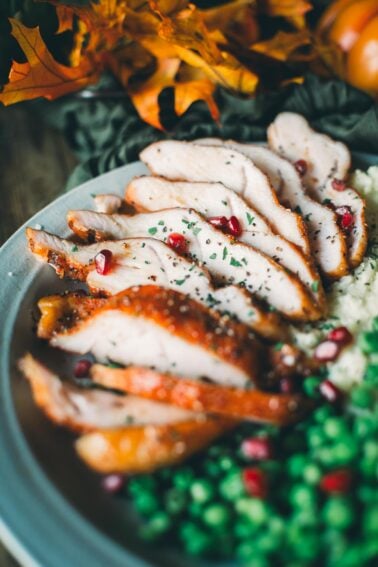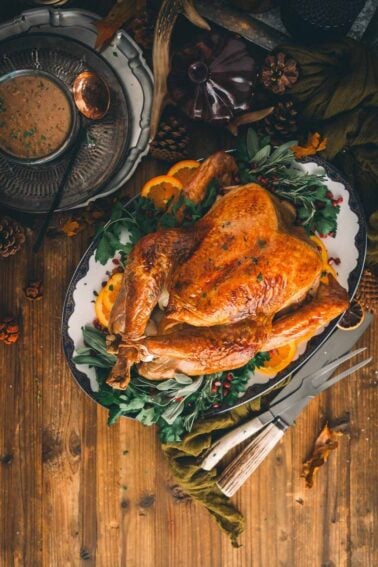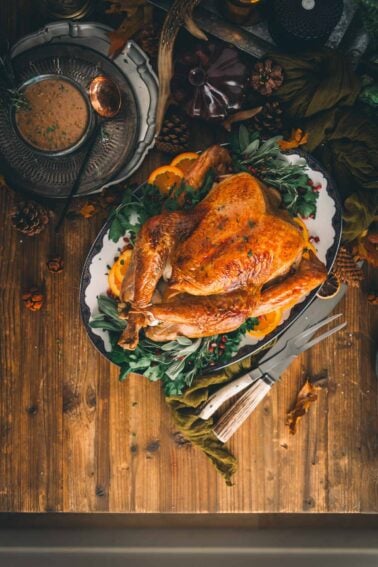Wagyu beef is a culinary delicacy, celebrated for its rich marbling and unparalleled flavor. However, the high demand and price tag attached to this luxury item have led to the rise of fraudulent vendors who try to pass off low-quality beef as Wagyu. It’s therefore essential for consumers to learn how to spot fake Wagyu when shopping.
Understanding What Wagyu Is

Wagyu, translated as ‘Japanese cow,’ refers to several breeds of cattle genetically predisposed to intense marbling and producing a high percentage of oleaginous, unsaturated fat. The primary types of Wagyu are Black, Brown (or Red), Shorthorn, and Polled. Each type is further divided into different grades, based on factors such as marbling, meat color, texture, and fat quality.
Real Wagyu is produced under strict guidelines in Japan. It involves a unique rearing method that ensures the cattle’s well-being and stress-free environment, contributing to the beef’s exceptional quality. The beef is then processed following stringent Japanese standards, ensuring the highest quality product reaches the consumer.
The Importance of Marbling

Marbling refers to the streaks of intramuscular fat scattered within the lean meat. This feature is a hallmark of Wagyu and contributes significantly to its flavor, tenderness, and juiciness. Genuine Wagyu showcases an intricate pattern of fine, evenly distributed marbling. In contrast, fake Wagyu often lacks this exceptional marbling, or it might have larger, uneven fat deposits.
Assessing the quality of beef through marbling requires a trained eye. The more abundant and evenly spread the marbling, the higher the quality of the beef. But remember, marbling alone is not an absolute indicator of authenticity. It should be considered along with other factors like color, texture, and labeling.
Reading the Label

Labels can provide valuable information about the product, but they can also be misleading. Some labels may use terms like ‘Wagyu-style’ or ‘Wagyu-inspired,’ which do not guarantee you’re getting genuine Japanese Wagyu. ‘American Wagyu’ is a legitimate category referring to cattle with documented Japanese Wagyu genetics raised in the United States, but it’s a different product from authentic Japanese Wagyu and should be clearly labeled as such. Additionally, claims like ‘grass-fed’ or ‘organic’ do not necessarily mean the beef is Wagyu.
True Wagyu is accompanied by certification from the Japan Meat Grading Association (JMGA) or another authorized Japanese organization. These certifications are often displayed on the label in Japanese, so it may be helpful to familiarize yourself with these symbols to ensure authenticity.
Price Check

Genuine Wagyu is a premium product that commands a high price. A small cut of A5-grade Wagyu, the highest quality, can cost hundreds of dollars. If you find so-called Wagyu at a price that seems too good to be true, it probably is. Real Wagyu is expensive due to the meticulous care, feeding, and processing methods used in its production.
However, price alone isn’t a definitive indicator of authenticity. High prices can also be attached to fake Wagyu to give an illusion of quality. Hence, it’s important to consider price in conjunction with other factors such as marbling, color, texture, and labeling.
Color and Texture

The color of genuine Wagyu is typically a vibrant pink to cherry red with a bright white marbling. The fat has a smooth, almost velvety texture, which melts easily due to its high unsaturated fat content. In contrast, fake Wagyu may appear darker or lighter than the characteristic color of real Wagyu and may have a rougher texture.
Evaluating the color and texture can be tricky, as lighting and packaging can affect the appearance of the meat. It’s therefore best to buy from a reputable vendor who can provide accurate information about the product.
Where It’s Sold

Genuine Wagyu is typically sold in high-end butcher shops, specialty stores, and upscale restaurants. If you’re buying online, ensure the vendor is reputable and has positive reviews from previous customers. Beware of vendors who avoid answering questions about the product’s origin or certification.
Unfortunately, there are no foolproof methods to guarantee the authenticity of Wagyu sold online. It’s therefore recommended to buy from a physical store where you can inspect the product firsthand, or from an online vendor with proven credibility.
Origin of the Beef

True Wagyu comes from Japan and is usually named after the region where it’s produced, such as Kobe, Matsusaka, or Ohmi. The origin matters because the rearing methods, diet, and environmental factors can affect the beef’s quality and flavor.
Be cautious of labels claiming to be ‘Japanese-style’ or from a region not known for producing Wagyu. These can be misleading tactics used by vendors selling fake Wagyu.
Understanding the Grading System

In Japan, Wagyu is graded based on yield (A, B, C) and meat quality (1-5), with A5 being the highest grade. The quality is determined by marbling, meat color and brightness, firmness and texture, and fat color, luster, and quality.
However, it’s crucial to note that a lower grade doesn’t mean the beef is fake. It merely indicates different quality attributes. Therefore, understanding the grading system can help you make an informed choice based on your preference and budget.
Knowing Your Rights as a Consumer

If you suspect you’ve purchased fake Wagyu, you have rights as a consumer. Laws against false advertising protect consumers from misleading claims about a product’s quality or origin. If you believe you’ve been deceived, you can report the incident to your local consumer rights agency or the store where you bought the product.
Remember, knowledge is power. Understanding how to spot fake Wagyu can save you from costly mistakes and ensure you get the high-quality product you’re paying for.
Hungry for more? Subscribe to our newsletter and become part of the world’s best meat community! From grilling tips to smoky secrets, we send you the best recipes, guides, and expert advice to master every cut.













